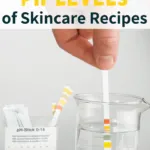Learn why you should always test the pH level of your skincare products that contain water! We'll walk you through exactly how to adjust the pH level as well so your products are safe and gentle on your skin.
We’ve all heard about pH, but why is it important in skincare? PH is the measure of a substance's acidity or alkalinity and is rated on a scale of 0-14.
A product with a pH of 7 is neutral; if the pH is less than 7, the product is acidic.
If the substance is over 7, it is basic.
Your skin has a pH value, and it is naturally around a pH of 4.7-5.75.
Your skin being slightly acidic plays a vital role in keeping your skin healthy.
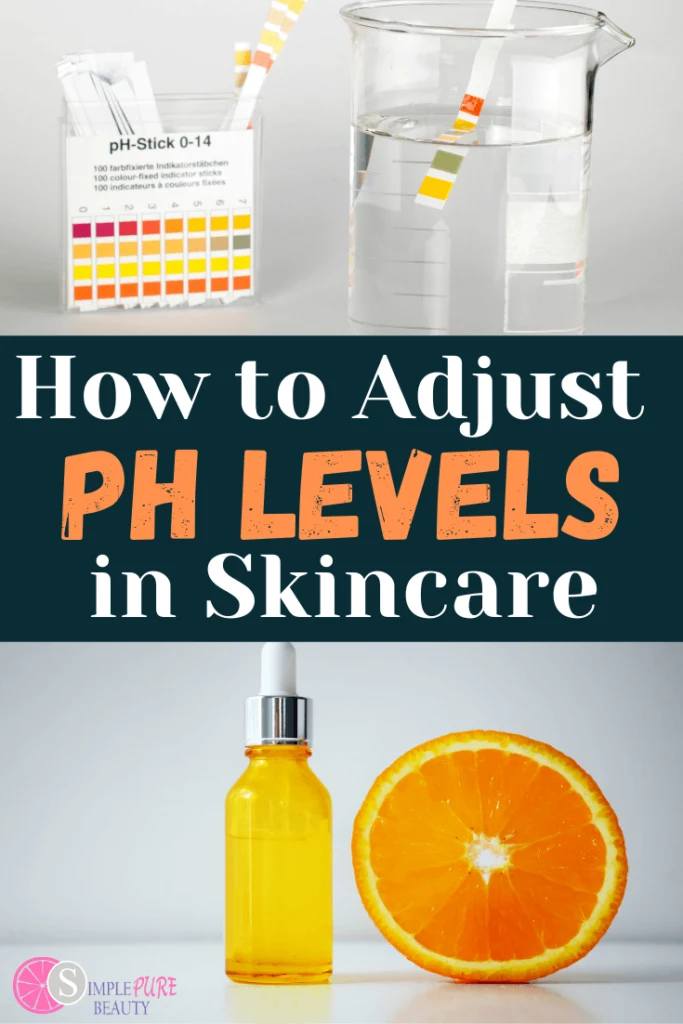
Why Does pH Matter?
If you’re not in science class, it can be a little confusing to know why pH matters when we’re clearly here to talk about skincare.
Well, the pH of your skincare products can change how they interact with skin and how well they work!
So your skin has a slightly low pH making it slightly acidic naturally.
Your skincare products having a lower pH that matches your skin’s natural pH means that they will work better with your skin.
Using a product that closely matches your skin in pH can help keep your skin happier!
Why Should You Measure pH in Skin Care Formulas?
Your ideal pH for skincare products is going to be between 5 and 5.5. Like your skin’s natural pH, any product you use should be slightly acidic.
Using products that are too high or too low in pH can cause irritation, flakiness, and inflammation.
You can also use products that have a neutral pH.
Your skin’s natural barrier is slightly acidic to reduce moisture and bacteria from building up on the skin. Disrupting this balance can cause your skin to have some serious problems!
pH Levels & Preservatives
If you’re making your own skincare products, you should also keep pH in mind for your preservatives.
Many preservatives are compatible with certain pH ranges that ensure they can offer a broad spectrum of protection against bacteria growth.
Many preservatives are best active at a lower pH. This means that if your product is too basic or the pH is too high, the preservative is not going to work as well, or at all.
You should check the preservative you’re planning to use and see what pH levels it is most compatible with to ensure that it can protect from bacteria that you need.
When to Measure pH
You should measure the pH of any homemade skincare product that contains water.
So any formula that contains water, hydrosols, or botanicals, should be pH tested including:
- Toners
- Lotions
- Creams
- Aftershave
- Cleansers
- Some Face Serum like this DIY Vitamin C Serum & DIY Hyaluronic Acid Serum
There is no need to test anhydrous products like body butter, sugar scrubs, salves and lip balm as they do not contain water.
Another important step in formulating is adding preservatives. Many natural preservatives such as sodium benzoate rely on lowering the pH of your formulation in order for it to work properly.
How to Measure pH in Skincare Recipes
You will need a sample of your product added to a sanitized glass beaker or container.
Formula Botanica recommends a sample of around 1-5 grams.
- Place your sample in a glass beaker
- Dilute with distilled water at a ratio of 10% product 90% water (note: some products like toners may not need to be diluted)
- Stir well then test your pH
There are two fairly simple ways to test the pH in skincare recipes. pH strips and pH meters. Both have their pros and cons but are fairly simple to use!
Using pH Strips to Measure pH
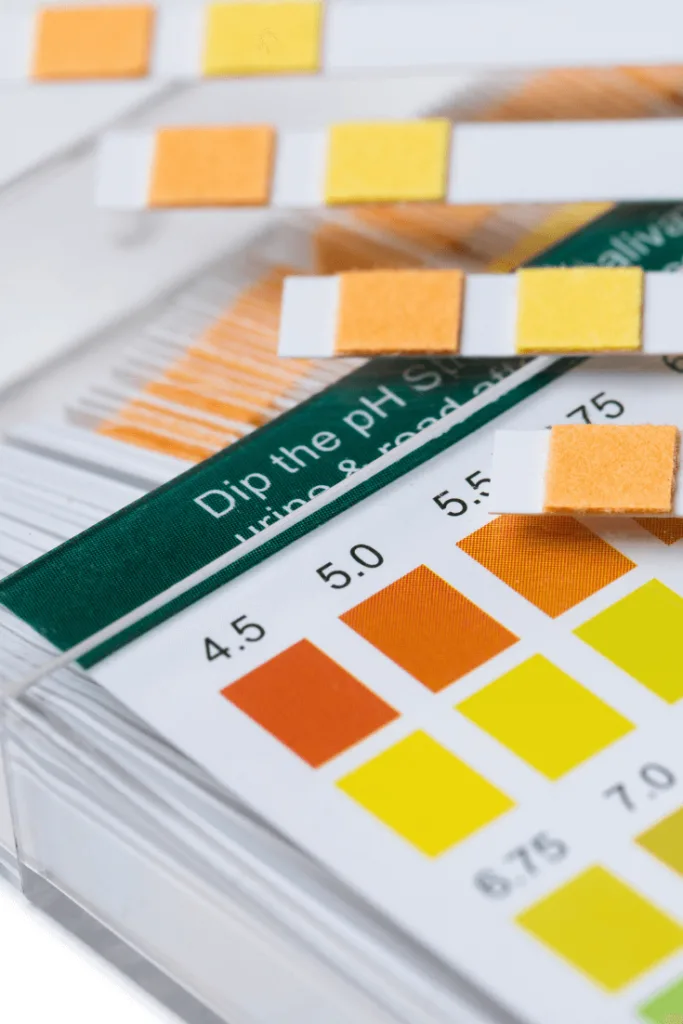
Let’s go over pH strips first. PH strips are small strips with a pH-sensitive area on one end that will change color based on the pH of the substance that it is exposed to.
This color is then compared to a color chart to obtain a pH reading. These strips are fairly inexpensive and very easy to use.
NOTE: Just make sure the pH strips you purchase have a wide range like these. They can test pH levels from 0-14.
They can also be used on a variety of substances, including emulsions.
A couple of downsides to paper strips are that they can be slightly inaccurate.
They will deliver more of a rough estimate rather than an exact pH.
Another con to using pH strips is that you’ll likely need to use more than one strip per product, each time you adjust your formula, you’ll likely need a new pH reading.
Meaning that for each product, you’ll probably go through several strips.
Using a pH Meter to Measure pH
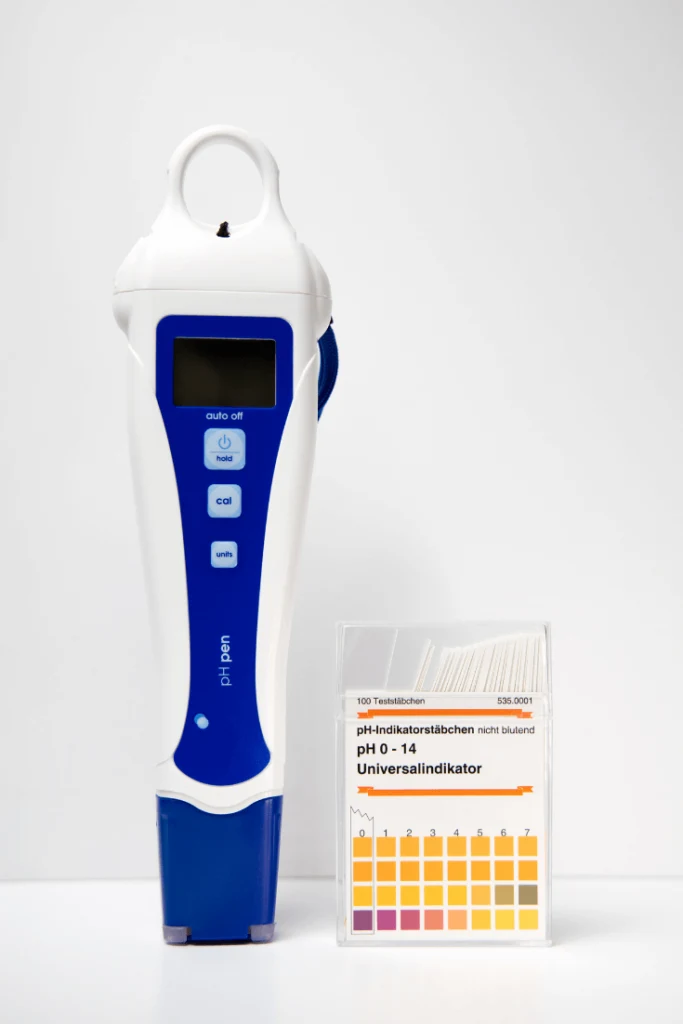
Another option for measuring pH is a pH meter. These meters can be pricey, but they can measure the exact pH of the product you’re making.
PH meters are a good option for anyone who is making products for others and needs precise measurements.
While you’ll only need one meter to read the pH of a product multiple times, they need proper care and storage along with precise calibration.
A pH meter may also need an emulsion probe to read pH levels on those products.
What tool you use to measure your products’ pH is ultimately up to you and what works best for your products!
How to Adjust pH Levels in Skincare Products
So now you know why pH matters and how to measure it, but how do you adjust it? You’ll first want to be sure that you’ve accurately tested the substance while it is at room temperature before making any changes.
How to Increase pH Levels
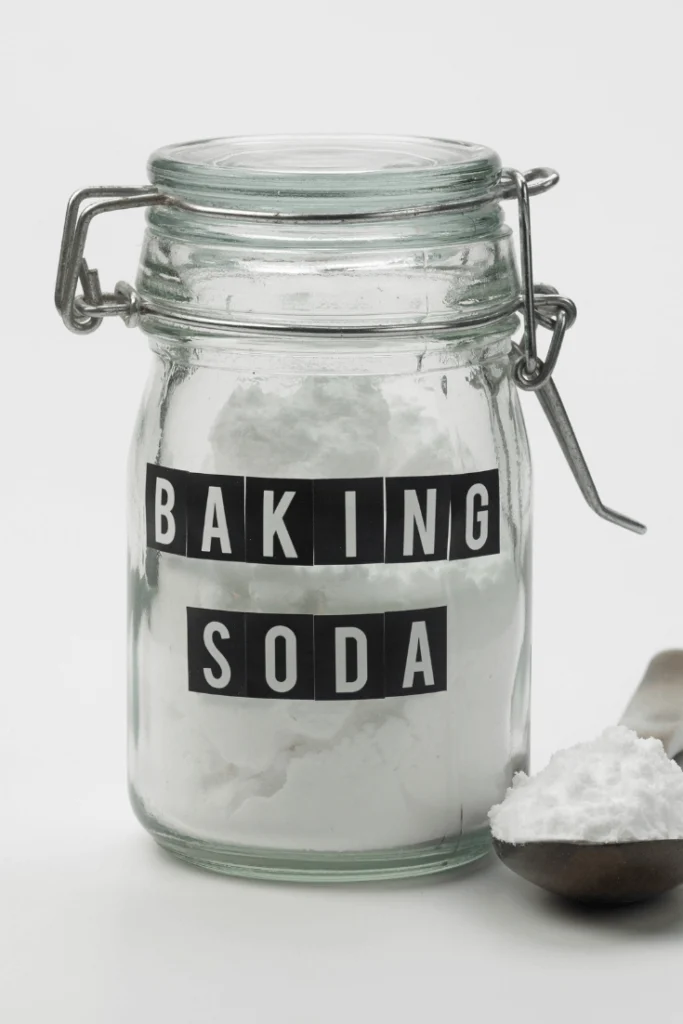
If your product’s pH level is low and you need to increase it, you can do so by adding small amounts of Sodium bicarbonate, or as we know it, baking soda.
Sodium bicarbonate has a pH of 8.4; this makes it great to add to products to increase pH to desired levels.
NOTE: You will need to mix together 10% Sodium bicarbonate and 90% distilled water before adding to your product. A good starting place would be 1 gram of sodium bicarbonate + 9 grams distilled water.
Using a jeweler's scale is the most accurate way to measure and weigh ingredients when formulating. It can measure very small quantities very effectively.
You may need to heat the mixture a bit to get the sodium bicarbonate and water mixed well.
Once your mixture is combined, you will simply add just a few drops to your product formulation and mix well.
Test the pH once again after adding to make sure it's at a suitable level around 5-5.5.
If you’re going to use Sodium bicarbonate in your skincare products to increase pH, we recommend using a food, cosmetic, or pharmaceutical grade version like this one; the household version typically has impurities in it that are not good to apply to skin.
How to Decrease pH Levels
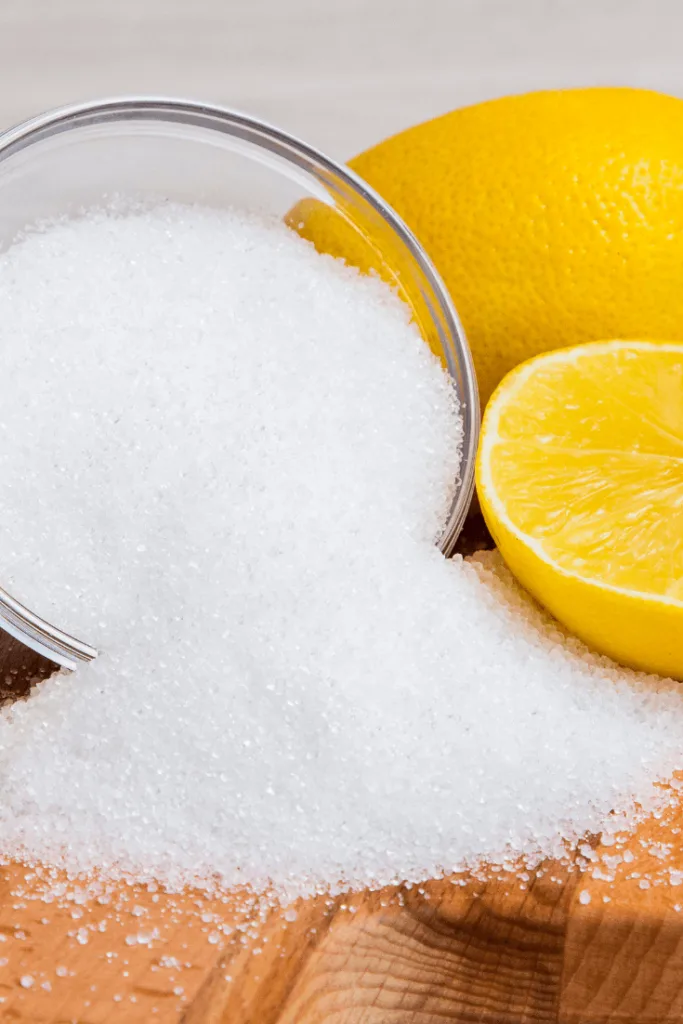
In order to decrease pH, you can use citric acid or lactic acid. Citric acid has a pH between 3 and 6 and can be found in powder or liquid form.
Adding small amounts of citric acid to a formulation can reduce pH levels; it is also a chelator and can bind any metal compound in the formulation to increase your preservative efficacy.
NOTE: You will need to mix together 10% citric acid and 90% distilled water before adding to your product. A good starting place would be 1 gram of citric acid + 9 grams distilled water.
Once your mixture is combined, you will simply add just a few drops to your product formulation and mix well.
Test the pH once again after adding to make sure it's at a suitable level around 5-5.5.
Lactic acid can be harder to come by than citric acid. It is typically sold as a liquid with a maximum concentration of 90% like this one.
Please keep in mind that the pH of Lactic acid is 2.43, making it very acidic.
At a high concentration, it can be very corrosive and should be worked with very carefully!
You will need to dilute it further with distilled water before adding it to your formulations. You can dilute it to 10%, 25% or 40%.
When used properly in a formulation, Lactic acid can be very moisturizing and work very well with your preservatives!
When you’re just starting out making your own skincare products or trying something new, it is imperative to remember to work in small batches at first and be prepared to start over!
Work in small increments when adjusting pH; you can always add more pH adjusting compounds if you didn’t add enough!
You should also measure the pH often, after each addition of any pH adjusting compound.
If you adjust your pH and it becomes too low, you risk ingredients in your formula degrading; so when adjusting pH, start low and go slow!
Do not use any home products such as regular baking soda, lemon juice, or vinegar to adjust your products’ pH!
Save & Share
If you've enjoyed learning all about the pH of skincare recipes and how to adjust them, please be sure to save and share this post!


